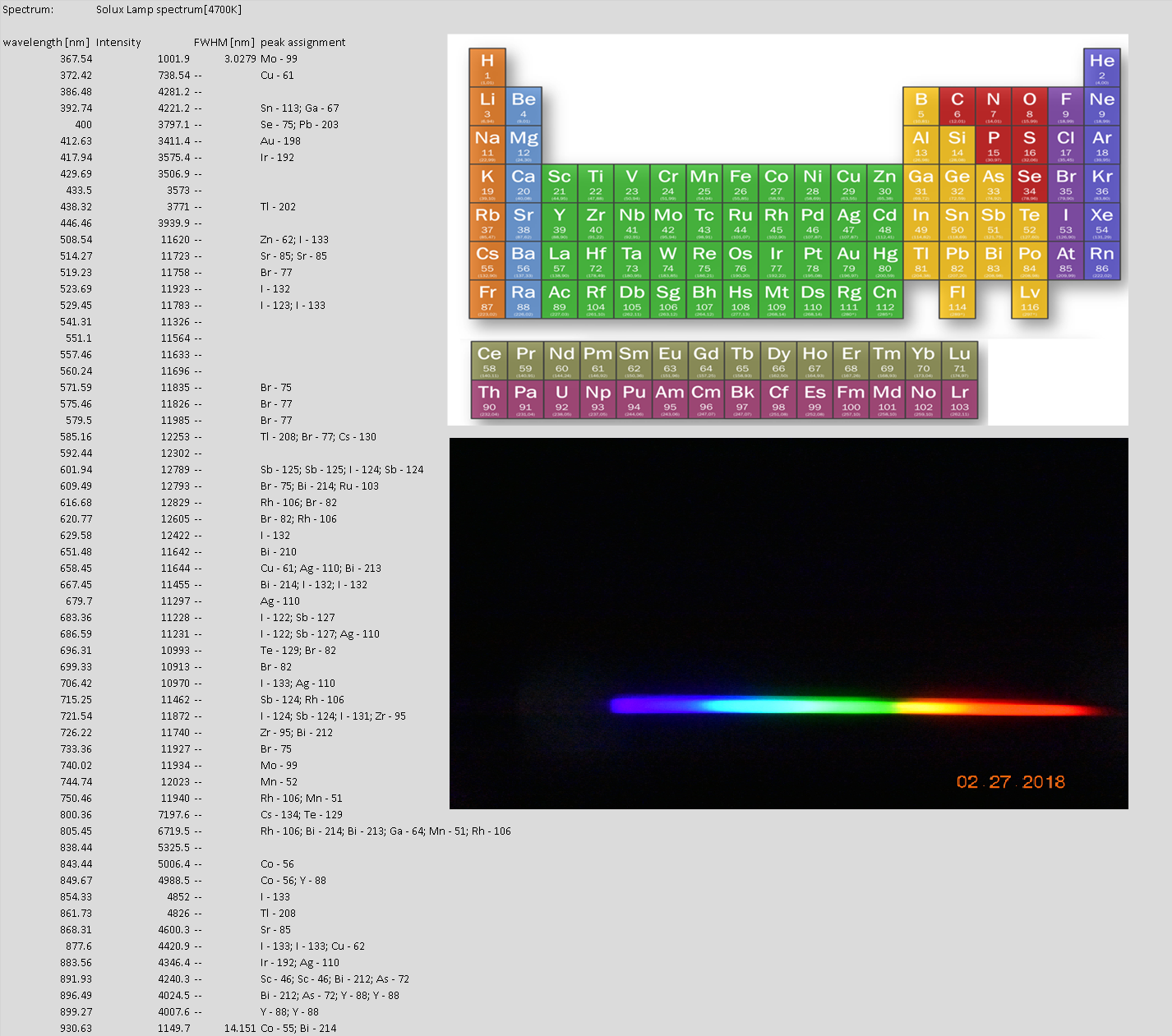*note* I have to make a correction on my last log, I stated that our Sun is a class G5v star type, it is NOT, it is a class G2v type star, sorry if this confused anyone I hate to make mistakes but I correct them when I find them or when someone points them out :)
Ok, I am still learning how to use this wonderful Nikon camera and discovered I can control exposure time by adjusting the F-stop (the size of the aperture,) the larger the aperture the longer the exposure time, the smaller, the shorter exposure time is. So I put the camera in A-mode (aperture-priority-auto) which means I can choose the aperture size while the camera controls the shutter speed.
I'm glad I discovered this because I was wondering why there seemed to be "dead" spots in the spectrum(section with no light,) well it turned out there was nothing wrong with the diffraction grating like I had thought before, or the fiber, it was aperture size!
Once I adjusted it right, I got the perfect amount of exposure through and all those "dead" spots disappeared.

Notice how the wavelength range starts at around 368nm and starts dropping off at about 900nm, that's because of the plastic optical fiber, can't change that aspect, especially with a braodband light source, too many wavelengths, although at certain coherent wavelengths like 625-650nm (red) for some reason that wavelength comes through with little degradation.

Here I think I did something kinda cool and educational, my spectroscopy processing software allows me to show the individual elements at their respective peaks on the spectrum, and since this camera allows for far greater detail and data resolution I was able to present some of the more pronounced peaks and their corresponding elements on the periodic table of elements.
The spectral image you see of my Solux lamp is only 2992 x 2000 pixels and still I was able to gleen an incredible amount of information that I would never had been able to using a web cam or even a machine vision cam.
 David H Haffner Sr
David H Haffner Sr
Discussions
Become a Hackaday.io Member
Create an account to leave a comment. Already have an account? Log In.